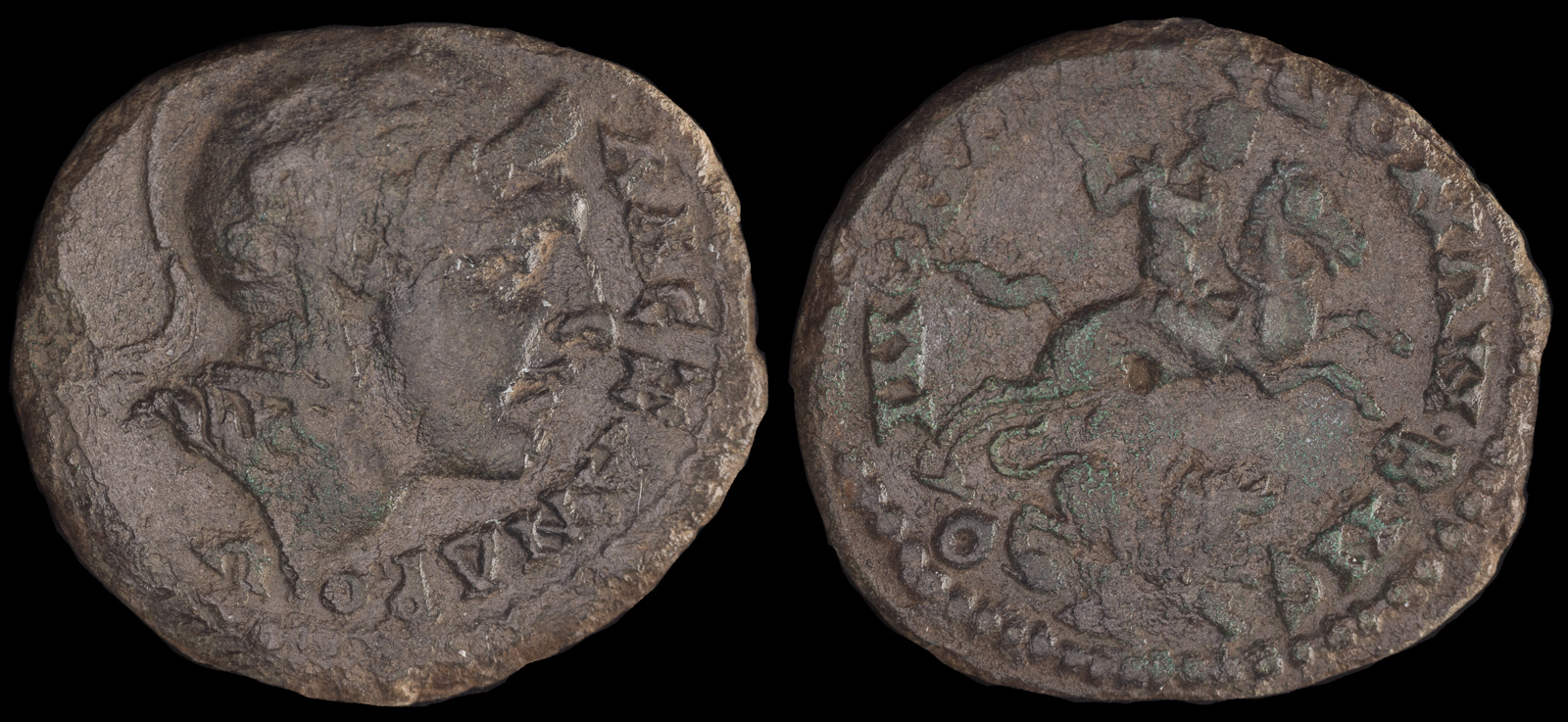Horseman
View All Tags
In contrast, ancient Rome placed a much greater emphasis on cavalry in both military and social contexts. Roman soldiers used cavalry units as an important part of their military strategies, particularly in flanking enemy formations or conducting pursuits after a battle. Roman cavalrymen often rode heavily armored horses, and cavalry units could be part of legionary formations, forming a critical component of the overall Roman military machine. Roman riders were equipped with long spears (lances), swords, and shields, designed to give them an advantage in both skirmishes and battlefield maneuvers. Light cavalry was also employed, often made up of auxiliaries from provinces outside Italy, including Numidian and Gallic horsemen, who were known for their speed and agility.
Roman society also saw the development of horseback riding as sport. The Romans enjoyed various equestrian events, including chariot racing in venues like the Circus Maximus. These races were highly competitive, with teams of horses pulling chariots at high speeds, often leading to dramatic crashes. Horses were specially trained for these events, and their value as racehorses was significant. Unlike the Greeks, who focused more on the athletic aspect of chariot racing, the Romans used racing horses and trained riders as part of their broader social and entertainment culture. Horses were also utilized for travel and communication, particularly in the military, with Roman roads facilitating the swift movement of couriers and messengers on horseback.
The equipment used for horseback riding in both ancient Greece and Rome evolved over time. Early riders, particularly in Greece, would have used simple bridles, often riding without saddles or using basic, rudimentary saddles. Over time, the Romans refined equestrian equipment, using stirrups, saddles, and more intricate bridles to aid in control and comfort during long rides. The use of these innovations in Roman military units allowed for greater mobility and coordination during campaigns.

Alexander riding Bukephalos 238-244 CE

Ariaramnes 280-230 BE

Bageis, Lydia 117-138 CE
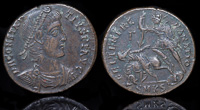
Constantius II 351-354 CE
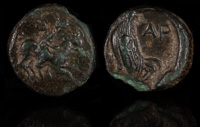
Dardanos, Troas 300-200 BCE
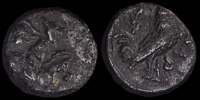
Dardanos, Troas 4th-3rd century BCE
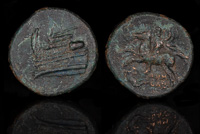
Demetrios Poliorketes 300 BCE
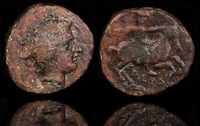
Derdas II ca 380 BCE
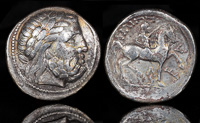
Gauls 315-275 BCE
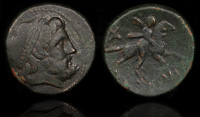
Halos, Thessaly 3rd century BCE
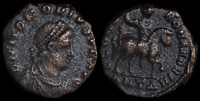
Honorius 393-423 CE
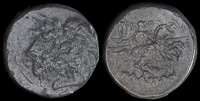
Ionia, Kolophon ca 330-285 BCE
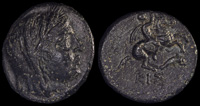
Kisthene, Mysia 4th century BCE

Koinon of Macedon 222-235 CE
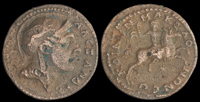
Koinon of Macedon 222-235 CE
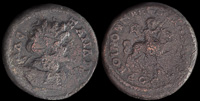
Koinon of Macedon 244-249 CE
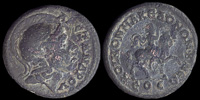
Koinon of Macedon 244-249 CE
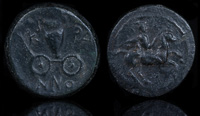
Krannon, Thessaly 350-300 BCE
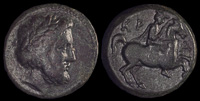
Krannon, Thessaly 4th century BCE
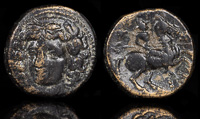
Larissa, Thessaly 4th century BCE
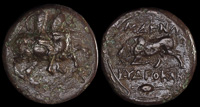
Magnesia ad Maeander 350-200 BCE

Magnesia ad Maeander 350-200 BCE
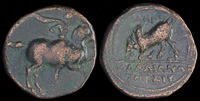
Magnesia ad Maeander ca 350-200 BCE
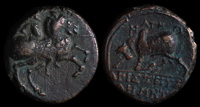
Magnesia ad Maeander, Ionia 350-200 BCE

Magnesia ad Maeandrum 350-200 BCE

Magnesia ad Maeandrum 350-200 BCE

Magnesia ad Meander, Ionia 350-200
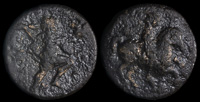
Olosson, Thessaly 400-350 BCE
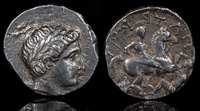
Patraos 335-315 BCE

Peirasia, Thessaly 4th century BCE
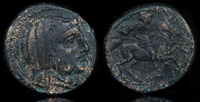
Pelinna 4th-early 3rd centuries BCE
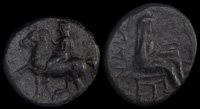
Pelinna, Thessaly 350 BCE
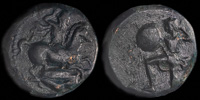
Pelinna, Thessaly 425-350 BCE
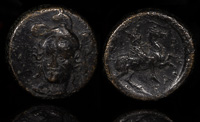
Pharsalos, Thessaly 4th-3rd cent BCE
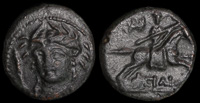
Pherai, Thessaly 300 BCE
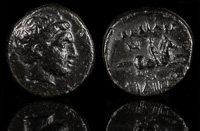
Philip IV 4th – early 3rd BCE
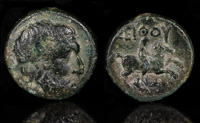
Seuthes III, Thrace 324-312 BCE
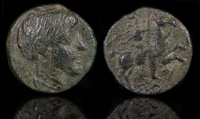
Skostokos, Thrace 277-260 BCE

Syennesis 440-400 BCE
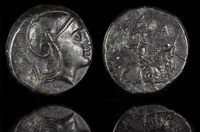
Tissaphernes 400-395 BCE
